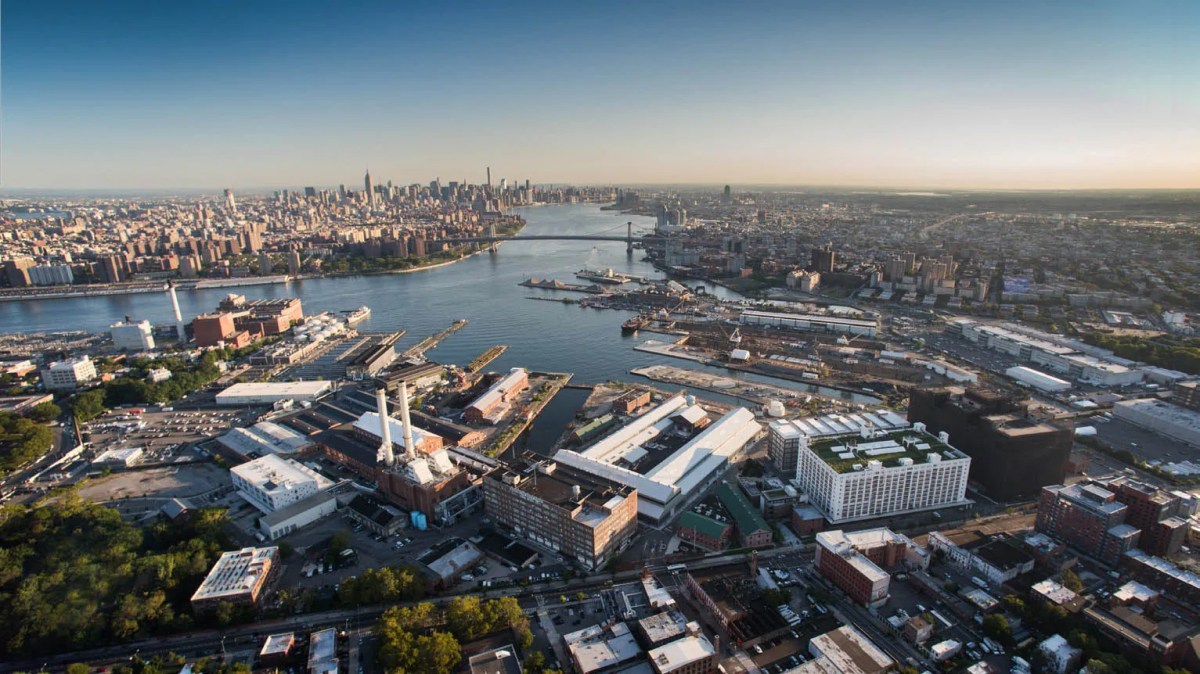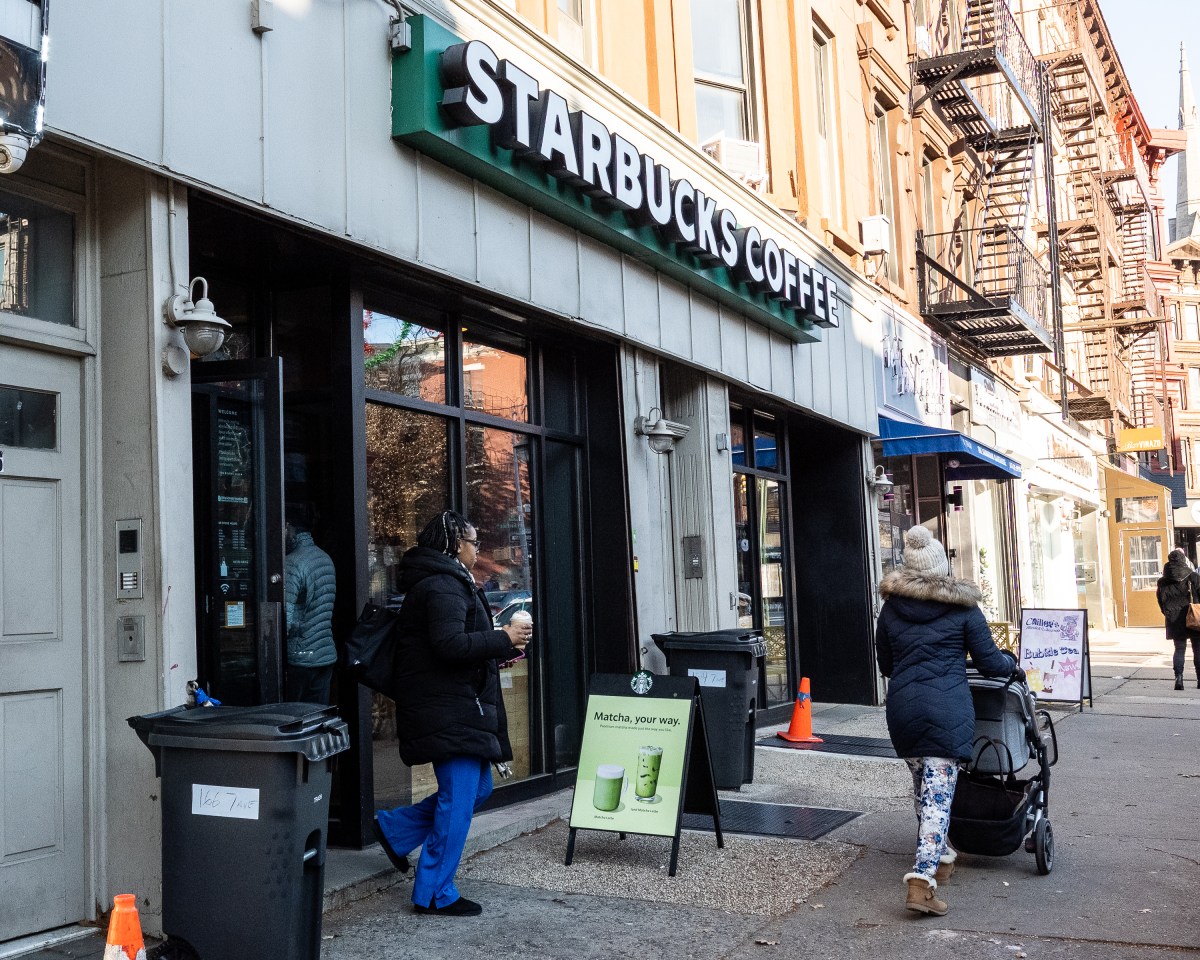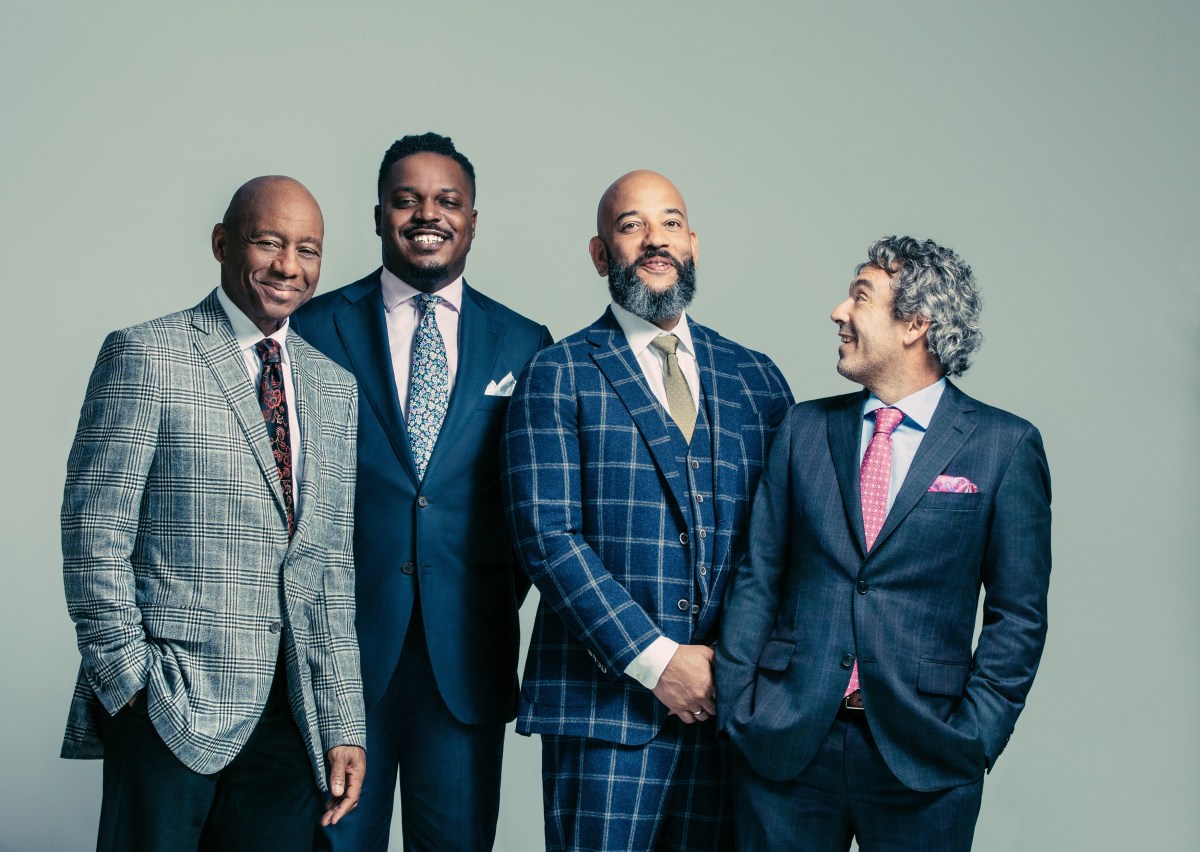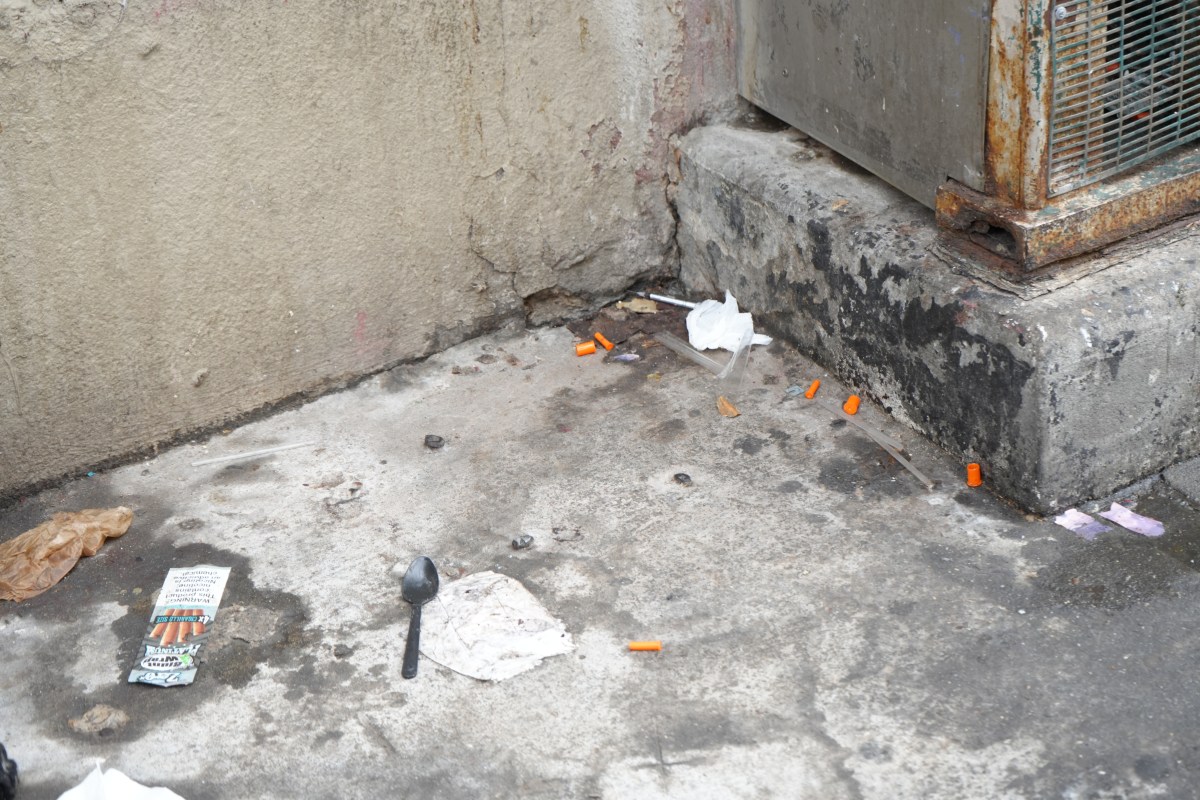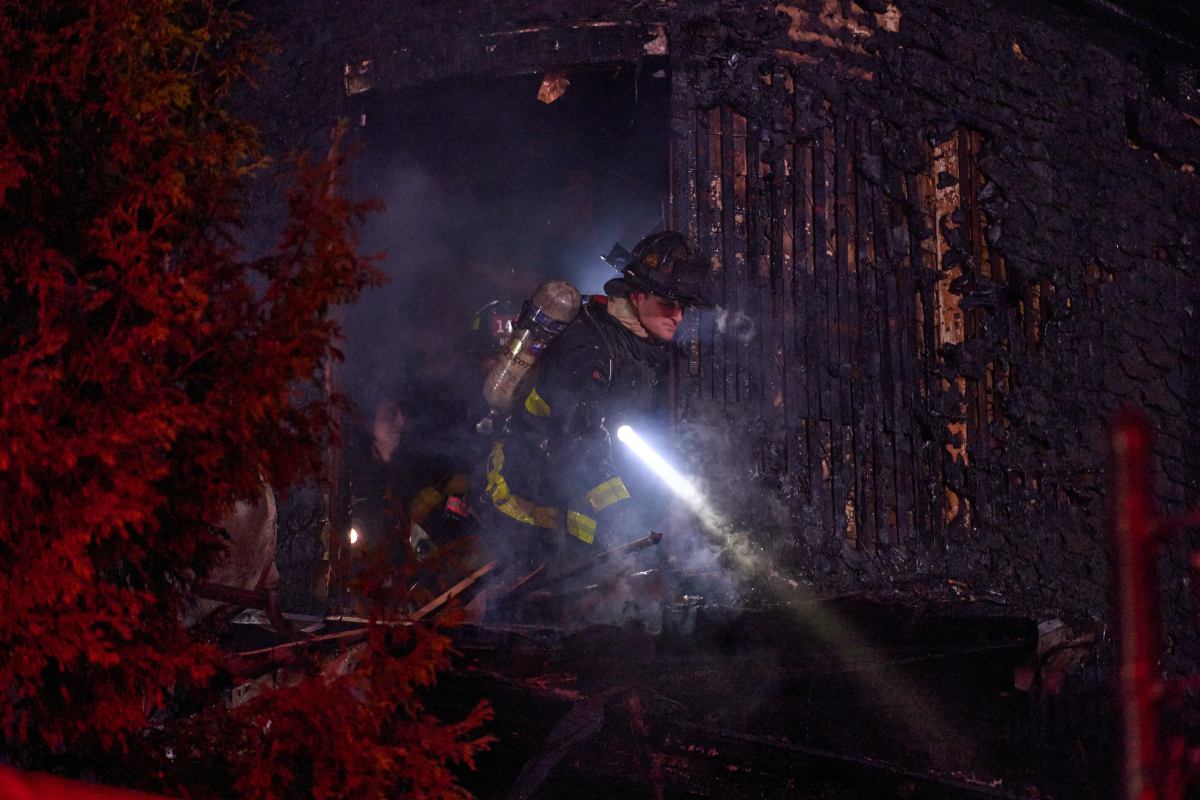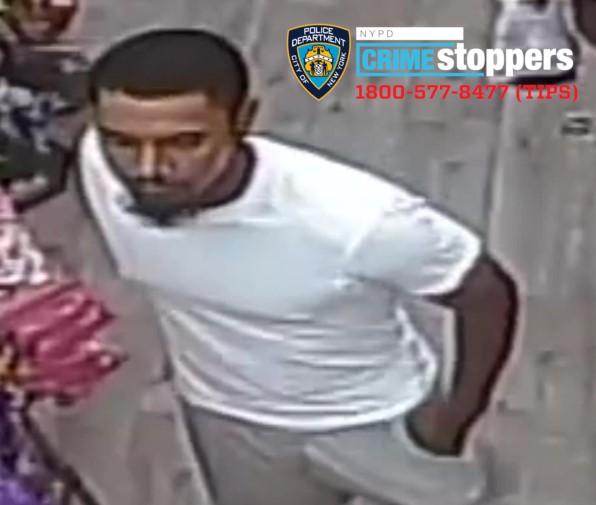
Gov. Andrew Cuomo has embraced the MTA’s Fast Forward plan to modernize subway and bus service and said he’d press Albany for a way to pay for it.
The plan, unveiled last week by NYC Transit President Andy Byford, details a five- and 10-year road map to replace much of the authority’s ancient signal system; overhaul the bus network; dramatically increase wheelchair accessibility in subways and improve the corporate culture at the state-controlled authority. While advocates and MTA board members praised the plan, both Cuomo and Mayor Bill de Blasio had reserved full endorsements.
At an unrelated news conference Thursday, Cuomo called Byford an “international expert in transit” and said the only question is how to pay for it, with an estimated $19 billion cost. However, the governor reasoned that congestion pricing was the most logical option to pay for a significant portion of the plan, even though he failed to gain full support in Albany for the idea during recent budget negotiations.
“I think it’s basically congestion pricing: a surcharge on cars, normalization of the tolls on the outer bridge crossings. That’s what I proposed this past year,” Cuomo said. “We made some progress on it. We didn’t get it finally passed, but I look forward to that passing next year. That will provide a consistent funding stream for the New York City Transit Authority.”
Cuomo’s comments came just before his Democratic primary opponent, Cynthia Nixon, proposed three options of her own to fund a subway revitalization plan that closely aligns with Byford’s Fast Forward initiative, which she had quickly endorsed. In a news release, Nixon pitched a congestion pricing plan, millionaire’s tax and a “polluter fee” that would impose taxes on fossil fuel companies and other large carbon emitters to cover the cost of the initiative.
“For two terms, Gov. Cuomo has cut taxes on corporations and the ultra-rich, and cut critical services, like the subway, for everyone else,” Nixon said in a statement. “Quite simply, he has not made the subways a priority because they are not a priority for his Wall Street donors. Now, in an election year, when the governor has no choice but to address the subway, he’s still trying to protect wealthy New Yorkers from having to pay their fare share to fix it.”
Nixon’s suggestions embrace elements of both de Blasio and Cuomo’s stances. De Blasio has resisted congestion pricing policies and has insisted that state lawmakers should take up the millionaire’s tax to fund Byford’s plan. Cuomo called a millionaire’s tax politically dead in Albany.
“I’m willing to talk about [congestion pricing], but I disagree that the millionaire’s tax is less viable, I think it’s more viable, starting Jan. 1,” de Blasio said, when he believes Democrats will take control of the State Senate.
Jon Weinstein, a spokesman for the MTA who had previously worked for Cuomo, offered snark in response to Nixon’s proposal.
“After three months of slamming the MTA in the press, Ms. Nixon released a plan to fix the subways and it was the MTA’s plan,” Weinstein said in a statement. “Thanks.”













